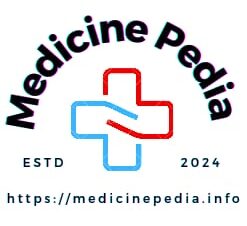Understanding Gout (Uric Acid): Causes, Symptoms, and Treatment

What Is Gout (Uric Acid)?
Gout is a prevalent form of inflammatory arthritis marked by recurring episodes of excruciating joint pain. Typically, these attacks strike suddenly, often at night, leaving the affected joint swollen, red, and warm to the touch. The initial assault commonly targets a single joint, often the big toe, lasting several days. Subsequent flares may involve multiple joints, lasting weeks with intermittent periods of remission.
Causes And Symptoms
This condition is driven by the accumulation of urate crystals in the joints, a consequence of elevated blood levels of uric acid. Uric acid, a byproduct of purine breakdown, is integral to DNA and RNA. However, when uric acid levels soar, crystals form in the joints, triggering inflammation and pain. Factors contributing to high urate levels include decreased excretion, increased production, and purine-rich diets.
Kidney dysfunction, hereditary factors, medications, alcohol use, and lead poisoning are common culprits behind diminished urate excretion. Additionally, conditions with heightened cellular turnover, obesity, and overconsumption of purine-rich foods can contribute to elevated urate levels. The propensity for gout in cooler temperatures often targets extremity joints.
Beyond joint pain, gout can manifest as tophi, hard lumps around joints, and kidney stones. Men are more susceptible, with onset typically occurring in middle age. Other risk factors encompass diet, obesity, health conditions, family history, and surgery or trauma. Diagnosis hinges on detecting urate crystals in joint fluid, as a blood test alone is insufficient.
Treatment
Treatment involves anti-inflammatory drugs during acute attacks, with regular use potentially preventing or reducing their frequency. Lowering serum urate can dissolve tophi, making medications that block urate production or increase excretion viable options. Gout’s impact extends beyond joint pain, increasing the risk of osteoarthritis and kidney stone formation.
Understanding the intricate interplay of factors contributing to gout is crucial for effective management and prevention. Awareness of lifestyle choices and risk factors empowers individuals to take proactive measures, enhancing overall well-being and mitigating the impact of this prevalent arthritic condition.
